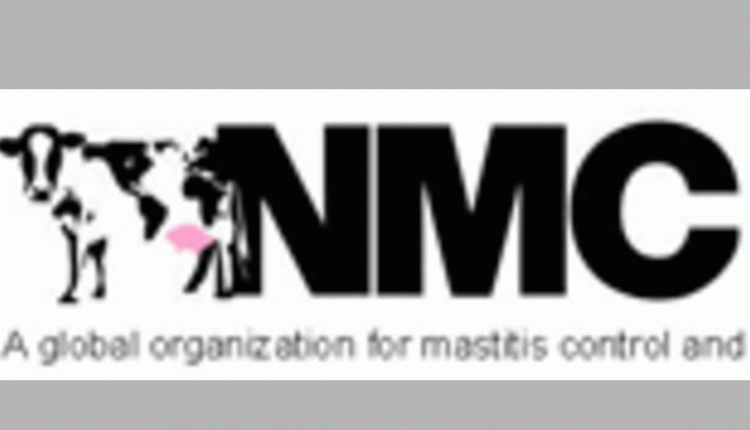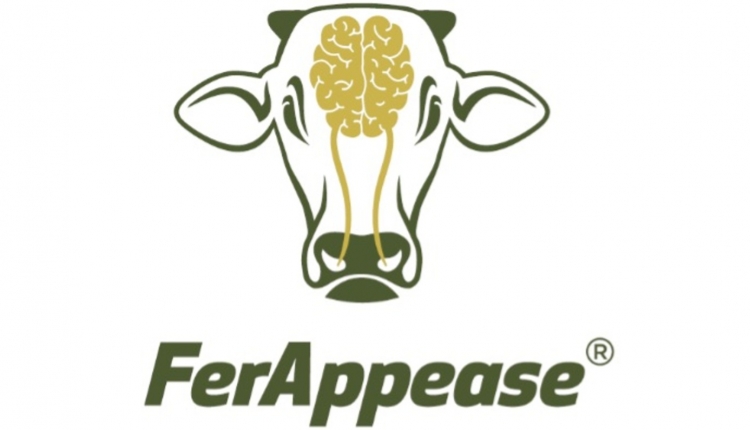
Dairy heifers represent the future potential of a dairy operation – so although costly and labor-intensive, improving efficiency can have a significant impact on overall profitability of the dairy.
The recommended age at first calving (AFC) is between 22-24 months of age, and heifers should be 55% of mature body weight at breeding and 85% of mature body weight at calving. While calving heifers young can be beneficial for the dairy, it is important to focus on developing strict heifer breeding criteria to control AFC and tighten the age variance of first freshening.
Measurements should be taken routinely to evaluate the success of a heifer feeding program. Obtaining these measurements at critical points of development will offer information on where bottlenecks are occurring and where changes can be made to improve the program.
Hubbard Feeds has had a partnership with the University of Minnesota’s Southern Research and Outreach Center (SROC) since 2004, which has given us the ability to obtain thousands of growth metrics for heifer calves from birth to 6 months of age. So, how do SROC calves measure up to industry recommendations for heifer growth?
SROC calves out-performed industry recommendations for growth while also achieving each dairy’s goal for AFC. The majority of SROC calves in this data set were fed a conventional milk feeding program of 2 quarts 2x daily and weaned between 6-7 weeks of age. It is often suggested that an accelerated feeding program must be implemented to reach industry recommendations for growth and performance, but our data further strengthens the notion that feeding a high-quality and palatable calf feed — such as Elite 18 or Blueprint® starters — for the first 8 weeks of life sets calves up for exceptional rumen development, continued performance and optimal intake as they move through the early heifer growing phase.



